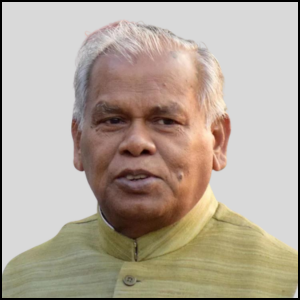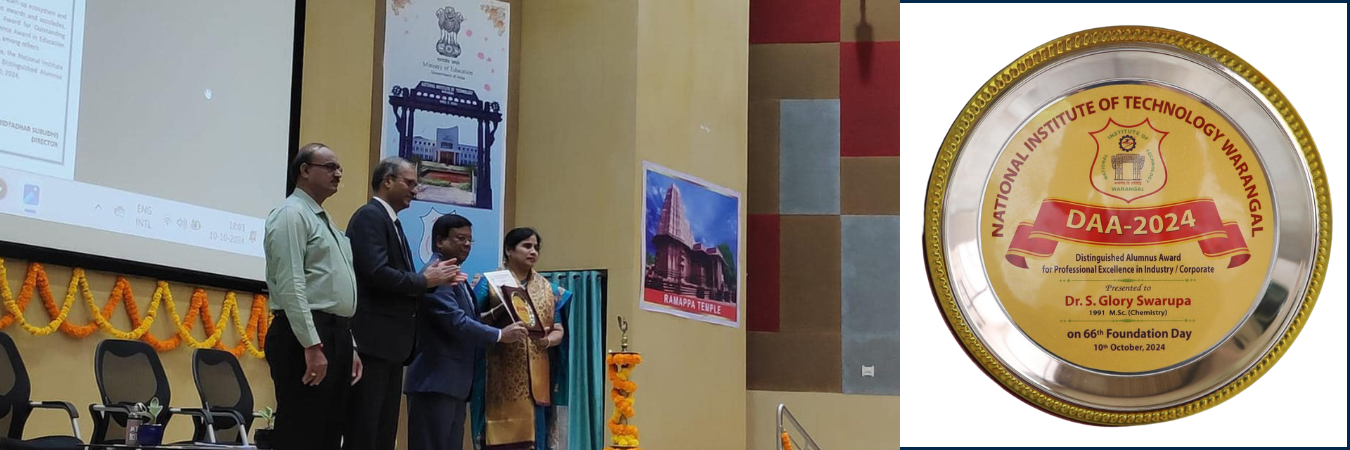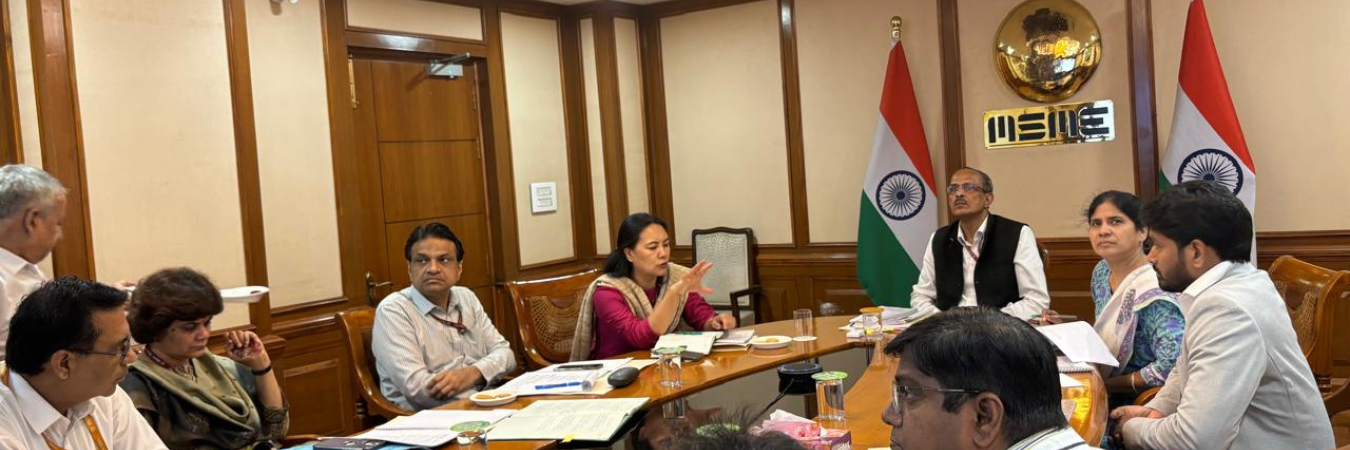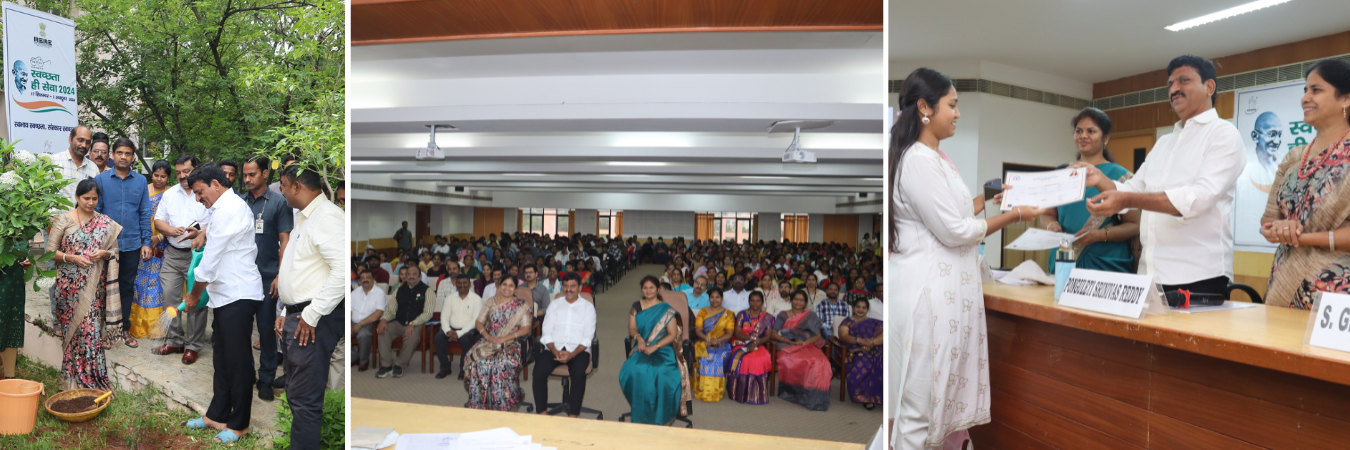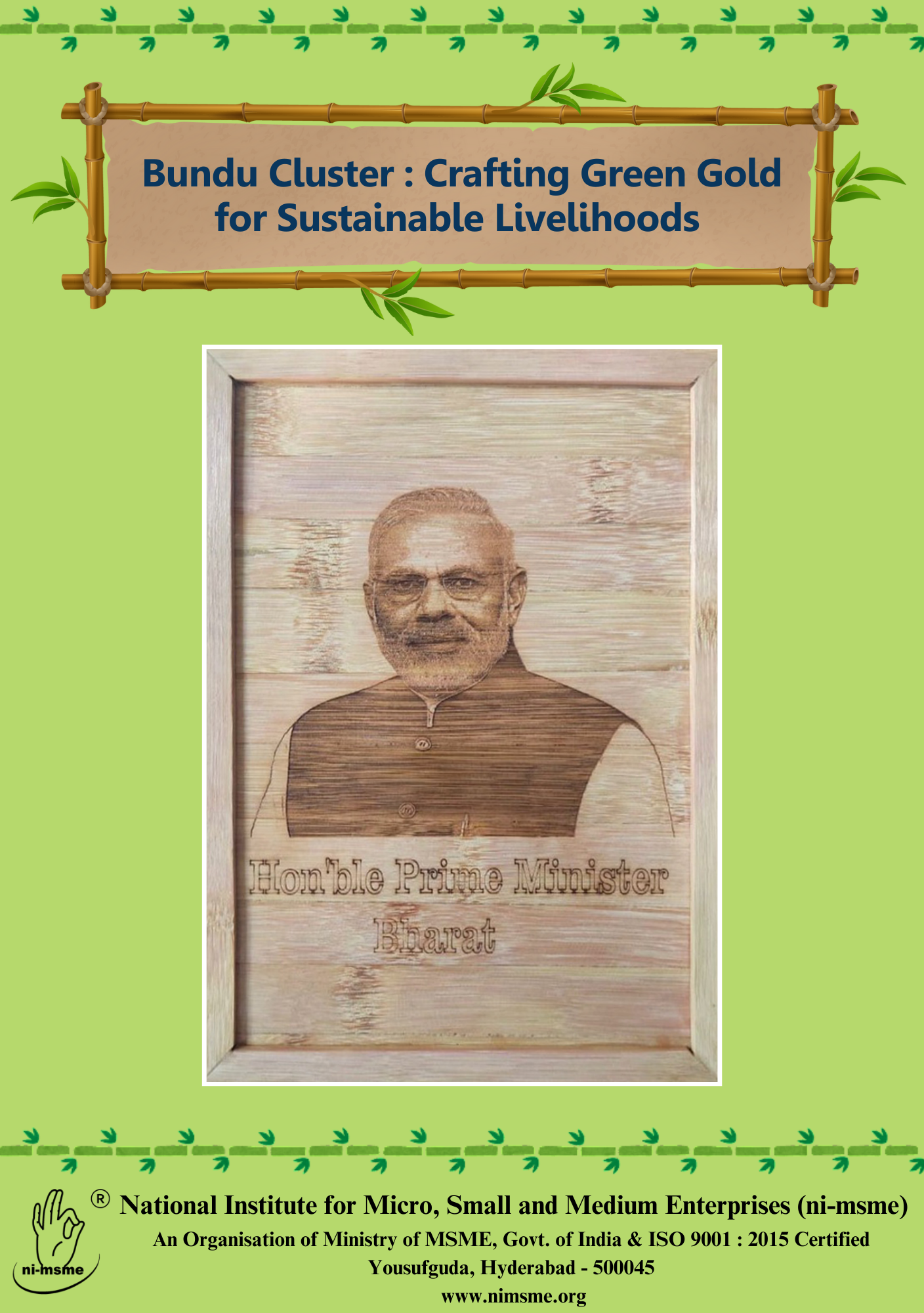
Bundu Cluster: Crafting Green Gold for Sustainable Livelihoods
National Institute for MSME (ni-msme)
About Book
Bamboo is an essential resource in the Indian economy and has been a significant part of the India’s culture and way of life, particularly in rural India. Given its many applications and adaptability, it is also frequently referred to as "Green Gold" and "poor man's timber." It is a member of the Gramineae (Poaceae) family and is widely distributed throughout Asia, Africa, Central America, and South America, but is most prevalent in South, East, and Southeast Asia. There are more than 1,200 species and more than 90 genera of bamboo worldwide. Of them over 500 species are found in China alone and more than a 100 species each are found in Japan, India, Indonesia, Myanmar, and Malaysia. Bamboo is one of the fastest growing plants and can easily adapt itself to a wide range of climatic and soil conditions. It is one of the most important natural substitutes for the endangered forest hardwoods and partially for energy intensive steel, plastic and other construction materials and lifestyle products. It is a non-timber forest product that matures quickly (in 3-5 years), is adaptable, and expands at a rate of 10–30% per year. Additionally, bamboo has nearly zero waste potential because all its parts can be used to create a wide variety of products.
Being predominantly a tribal state, Jharkhand has a rich history of tribal arts and crafts. Given the vast tracts of forests in the state, bamboo is widely available and has been in use by the community for a range of purposes such as housing, food, fencing and household utilities amongst others. In general, bamboo and bamboo products are universally available and used across the state. Traditional Bamboo craft and the skill of making handicraft have been passed in families from generation to generation in the area. Thousands of craft persons still depend on indigenous modes of production, traditional skills and techniques to make a living based on handmade products. They are unique expressions of culture and community through local craftsmanship and materials.


